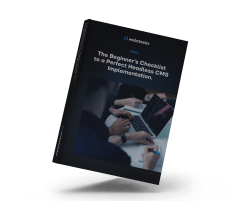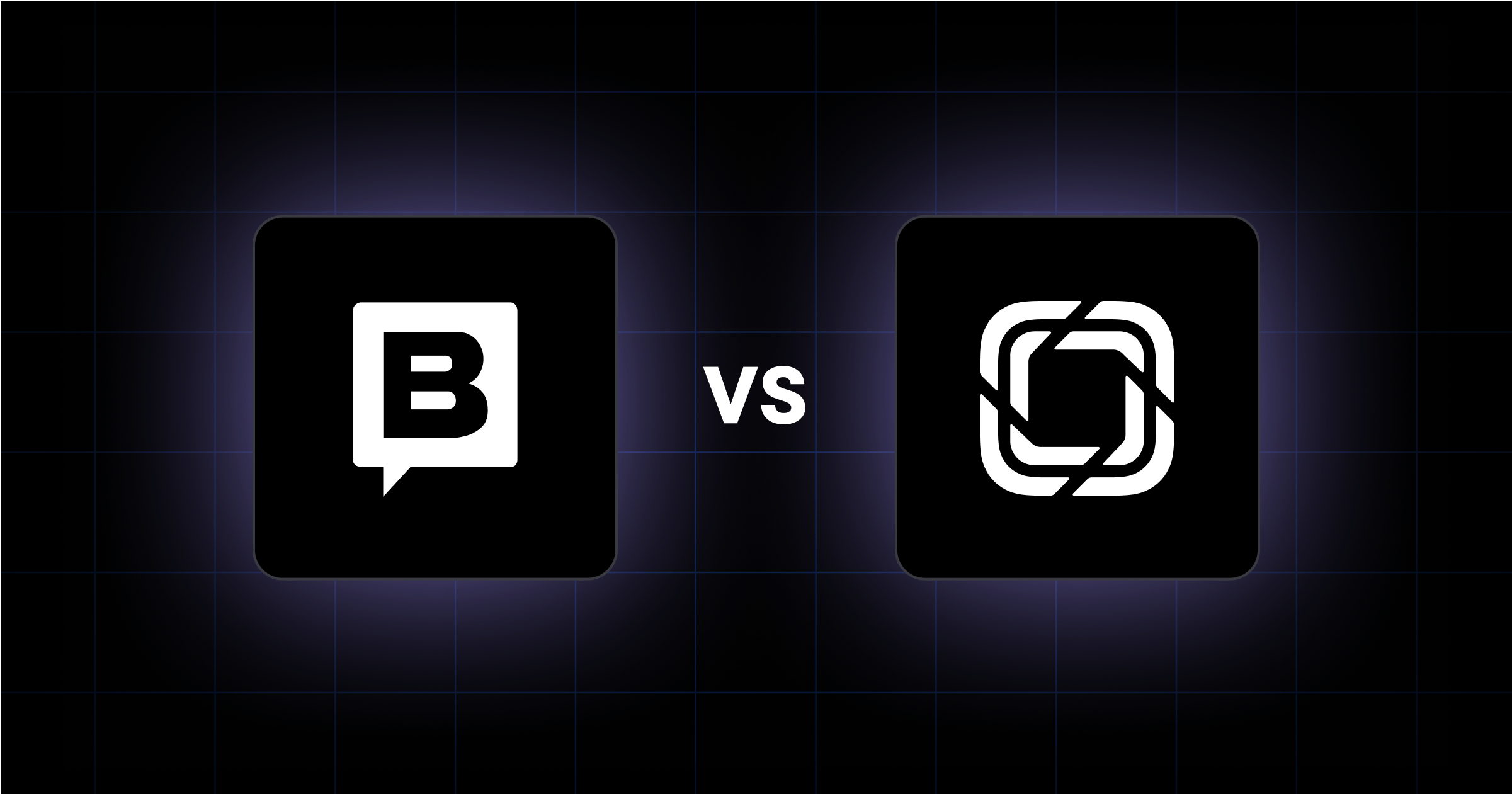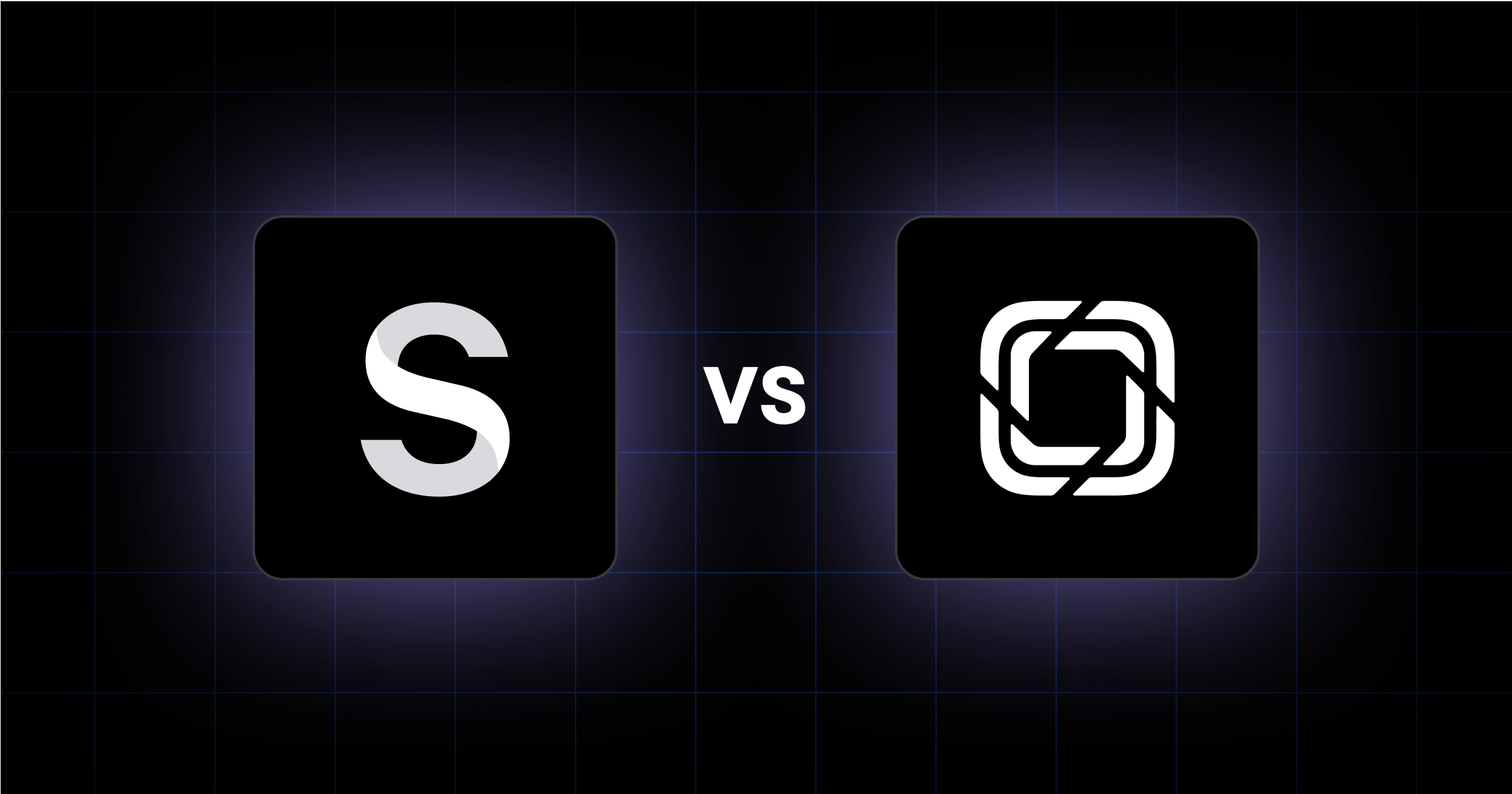From strategic planning to execution, knowing the typical timelines helps with resource allocation, budgeting, and internal communications, turning your redesign into a strategic initiative rather than just a visual update.
In brief:
- Enterprise website redesigns typically take 3-6 months, depending on complexity and scope.
- Understanding the phases and timelines aids in effective resource allocation and project planning.
- Key factors influencing the timeline include project scope, technical complexity, stakeholder involvement, content development, and resource availability.
- Implementing strategies like streamlined decision-making and phased implementation can optimize project timelines.

Introduction: Understanding Website Redesign Timelines
For business leaders and marketing executives, understanding website redesign timelines is key for effective resource allocation and project planning. While a professional website overhaul can take anywhere from 6 weeks to 6 months, the scope varies significantly based on your organization's needs and complexity. For mid-market and enterprise companies, redesigns typically require 3-6 months, reflecting the strategic nature of these projects and the need for careful planning and execution.
The longer timeline accounts for complex integrations, stakeholder involvement, and the thorough approach needed to align your digital presence with business objectives. The variation in duration stems from factors like site complexity, technical requirements, and the depth of transformation needed—highlighting the need to approach your redesign as a strategic initiative rather than just a visual refresh.
Typical Website Redesign Timelines by Project Scale
The duration of a website redesign varies significantly based on the project's scope and complexity. Here's a breakdown of typical timelines for different scales of redesign projects:
Executing Small-Scale Redesigns in 6-8 Weeks
Small-scale redesigns are suitable for simple corporate websites, professional portfolios, or basic brochure sites. They typically involve fewer pages, straightforward designs, and minimal content migration. You're looking at basic functionality like contact forms and simple navigation structures.
Completing Medium-Scale Redesigns in 3-4 Months
Medium-scale projects encompass small to mid-sized business websites and basic e-commerce sites. They include more pages, additional features like product catalogs or blog sections, and require user testing. The longer timeline accommodates multiple rounds of revisions and more complex integrations.
Managing Large-Scale/Enterprise Redesigns Over 4-6+ Months
Enterprise-level redesigns involve complex e-commerce platforms, extensive content management systems (for more, see our list of the best enterprise CMS platforms), or large corporate websites. Such projects require significant planning due to:
- Multiple stakeholder involvement and approval processes
- Complex functionality and system integrations
- Extensive content migration and creation
- Comprehensive user testing and QA
- Possible phased rollout approach
According to web consultant Richerd Ho, "while a simple website redesign could take as little as 6-8 weeks, more complex sites could take 4-6 months or more." He emphasizes that quality is worth the wait, especially for enterprise-level projects where your website serves as a critical business tool. For specific industries like fintech, specialized considerations apply; see our fintech website redesign tips for more information.
6 Core Phases of a Website Redesign
A successful website redesign follows a structured approach with distinct phases, each building upon the previous one. For enterprise organizations, the entire process can span 16-39 weeks, depending on project complexity and scope.
1. Conducting Discovery and Strategy (4-6 weeks)
During this foundational phase, you'll conduct stakeholder interviews, analyze current website performance, and define project objectives. This may also include reviewing your content management system options; refer to our CMS selection guide for insights. Key deliverables include:
- Website analytics audit
- Competitive analysis
- User journey mapping
- Technical requirements documentation
- Content inventory assessment
2. Designing and Enhancing UX (6-8 weeks)
This phase transforms strategy into visual direction and user experience frameworks. Utilizing the right UX design toolsis crucial, especially for enterprise projects that require additional consideration for:
- Global design systems
- Component libraries
- Interactive prototypes
- Accessibility compliance
- Multi-device responsiveness
Focusing on key areas such as optimizing landing page experience can significantly impact user engagement. Additionally, leveraging modern techniques like AI in UX design can enhance the user experience effectively. Utilizing tools like Figma can streamline the design process; check out our Figma web design tips for best practices.
3. Developing the Site (8-12 weeks)
The longest phase involves building the new website architecture. Enterprise considerations include:
- Custom functionality development
- Third-party system integrations
- Content management system setup
- Performance optimization
- Security implementation
4. Migrating Content (4-6 weeks)
Running parallel to development, this phase involves:
- Content cleanup and optimization
- Asset organization
- URL mapping
- Redirect strategy implementation
- SEO preservation
5. Ensuring Quality Assurance (2-4 weeks)
Thorough testing is critical for enterprise sites:
- Cross-browser compatibility
- Performance testing
- Security audits
- User Acceptance Testing
- Integration verification
6. Preparing for Launch (1-2 weeks)
The final phase focuses on:
- Server configuration
- DNS updates
- Backup procedures
- Launch checklist completion
- Monitoring setup
After all technical preparations are complete, it's crucial to focus on post-launch activities such as boosting SaaS website traffic to maximize your site's impact.
Each phase requires careful coordination between stakeholders, clear communication channels, and robust documentation to ensure success. For enterprise organizations, building in additional time for stakeholder reviews and complex integration testing is necessary.

5 Critical Factors Influencing Timeline Duration
When planning an enterprise website redesign, several critical factors can significantly impact your project timeline. Understanding these factors helps you set realistic expectations and allocate resources appropriately.
Scope and Technical Complexity
The size and complexity of your website directly correlate with the project duration. Enterprise sites with 100+ pages typically require 4-6 months for redesign, while more complex implementations can extend beyond 6 months. Technical requirements like custom functionality, performance optimization, security measures, and the choice between different CMS architectures (see our guide on comparing CMS architectures) add layers of complexity that extend development time.
Evaluating HubSpot CMS benefits or other platforms can also influence the scope. Additionally, infrastructure considerations such as understanding web hosting play a role in project complexity. It's like renovating a small apartment versus a multi-story office building—the larger and more complex the structure, the longer the renovation will take.
Integration Requirements
Enterprise websites often need to connect with multiple systems. Each integration—whether it's CRM, ERP, marketing automation, or custom APIs—requires careful planning, development, and testing. Complex integrations can add several weeks to your timeline, especially when dealing with legacy systems or custom business applications. For example, integrating a new website with a legacy CRM system may require custom API development and extensive testing to ensure data consistency.
Stakeholder Involvement
In enterprise environments, multiple stakeholders often need to review and approve decisions. The approval process alone can add 2-4 weeks to your timeline, according to web development experts. To streamline this process, designate key decision-makers and establish clear approval workflows early in the project. Consider a multinational corporation that implemented a clear approval hierarchy, which reduced their website redesign timeline by several weeks.
Developing Content
Content creation and migration often become major timeline factors in enterprise redesigns. A typical content audit and creation phase can take 2-8 weeks, running parallel to other development phases. This includes not just writing new content, but also updating existing materials, making sure compliance requirements are met, and maintaining consistent messaging across all pages.
Think of content as the voice of your website; without updating it, even a redesigned site won't communicate effectively. Focus areas could include optimizing your content with interactive landing page strategies. For instance, an e-commerce business that developed content in parallel with design reduced their total project time by 20%.
Resource Availability
Your internal team's availability and responsiveness significantly impact the project timeline. Quick decision-making and prompt feedback can keep the project moving, while delays in these areas can extend the timeline. Having dedicated internal resources and clear communication channels with your development partner helps maintain momentum throughout the redesign process.
4 Strategies for Timeline Optimization
To keep your website redesign project on track, implement these proven strategies that address common timeline challenges in enterprise environments:
1. Streamline Decision-Making
Establish a clear approval hierarchy with designated decision-makers for each project aspect. Limit the core decision-making team to key stakeholders and set specific timeframes for feedback rounds. This approach can reduce the typical 2-4 week planning phase to a more efficient timeline.
2. Develop Content in Parallel
Start content creation early and run it parallel to design and development phases. Assign dedicated content teams to work simultaneously with designers and developers. This strategy can save 2-8 weeks in the overall timeline by avoiding content-related delays that often occur near launch.
3. Implement in Phases
Consider adopting a modular web design approach (see our modular web design guide), which allows you to build and launch your site in phases rather than all at once. Start with a core site that includes essential features and systematically add functionality over time. This method can reduce the initial launch timeline by 40-50% while maintaining site quality. Think of it like moving into a house once the main rooms are ready, even if the landscaping isn't finished yet. For example, a tech startup launched their new website's primary features first, allowing them to go live ahead of schedule and add additional functionalities in subsequent updates.
4. Allocate Resources Strategically
Form cross-functional teams with clear responsibilities and overlap coverage. Identify potential bottlenecks early and allocate additional resources to critical path items. For enterprise projects, consider implementing a "pod" structure where small, autonomous teams handle specific sections or features simultaneously. An international retailer used this approach by assigning dedicated teams to different product categories, enabling them to work concurrently and reduce the overall redesign time.
Implementing these strategies can help you optimize your redesign timeline while maintaining quality. Remember to stay flexible and adjust your approach based on project-specific needs and constraints.
Our Take on Website Redesign Timelines
A well-planned website redesign is a powerful driver for business growth. Our experience shows that investing time in each phase—from discovery to launch—not only enhances the final product but also ensures alignment with your strategic objectives.
We've found that companies who prioritize collaboration, embrace agile methodologies, and remain adaptable throughout the process achieve superior results. A thoughtful approach to your website redesign can lead to increased user engagement, better conversion rates, and a stronger online presence. Remember, your website is more than just a digital storefront; it's a critical asset that reflects your brand and supports your business goals.
Conclusion
Remember, quality results take time. While timelines typically range from 6 weeks to 6 months depending on project scope, rushing can lead to compromised outcomes. Your website is a critical business asset that deserves thoughtful consideration.
A successful redesign isn't just about speed; it's about effectively serving your business goals and user needs. By setting realistic expectations and investing time in each phase, you'll create a website that looks great and delivers measurable results.
Ready to optimize your SaaS website structure for growth? See the Webstacks difference: Schedule a brief discovery call today. Let us help you create a website that drives results.





